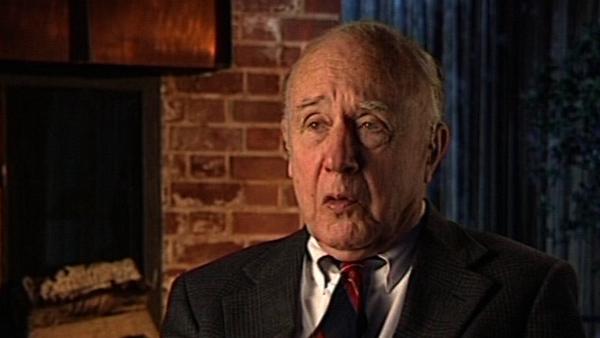NEXT STORY

Johns Hopkins: engineering and physics
RELATED STORIES

NEXT STORY

Johns Hopkins: engineering and physics
RELATED STORIES


|
Views | Duration | |
|---|---|---|---|
| 11. Fireworks and explosions, age 10 | 869 | 03:11 | |
| 12. Setting off bottle rockets to celebrate discoveries | 645 | 01:22 | |
| 13. Spanish-American war cannon | 604 | 03:36 | |
| 14. Johns Hopkins University | 720 | 03:00 | |
| 15. Johns Hopkins: engineering and physics | 843 | 03:33 | |
| 16. Johns Hopkins: doctorate years, summer jobs and tutoring | 694 | 03:44 | |
| 17. Optics, x-rays and radioactivity at Johns Hopkins | 580 | 05:58 | |
| 18. Far infrared research and the Depression | 537 | 02:16 | |
| 19. My favourite professors in English, French History and Mathematics | 590 | 01:59 | |
| 20. Johns Hopkins: social life | 586 | 02:05 |


John Wheeler, one of the world's most influential physicists, is best known for coining the term 'black holes', for his seminal contributions to the theories of quantum gravity and nuclear fission, as well as for his mind-stretching theories and writings on time, space and gravity.
Title: Johns Hopkins University
Listeners: Ken Ford
Ken Ford took his Ph.D. at Princeton in 1953 and worked with Wheeler on a number of research projects, including research for the Hydrogen bomb. He was Professor of Physics at the University of California and Director of the American Institute of Physicists. He collaborated with John Wheeler in the writing of Wheeler's autobiography, 'Geons, Black Holes and Quantum Foam: A Life in Physics' (1998).
Duration: 3 minutes, 1 second
Date story recorded: December 1996
Date story went live: 24 January 2008